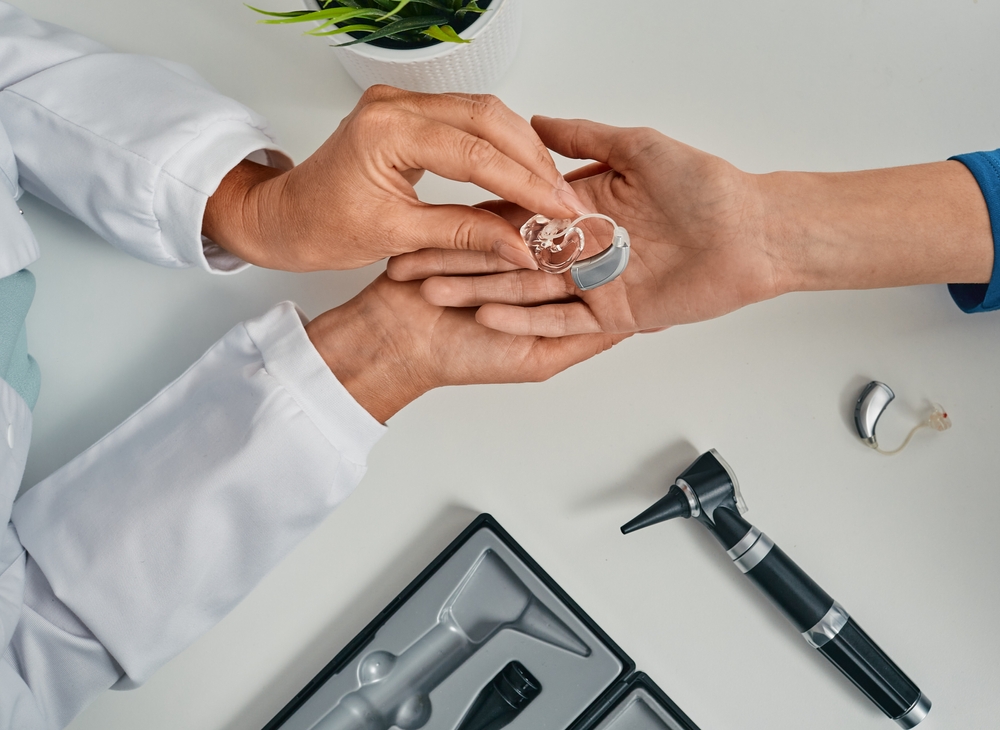Hearing aids perform a crucial role in improving sound clarity and enriching daily communication. For ideal performance, it’s crucial to schedule periodic maintenance and periodic professional cleaning sessions. With time, earwax, moisture, and debris can accumulate, resulting in reduced functionality. Recognizing when to seek professional servicing can help extend the longevity of your hearing aids and maintain optimum performance.
The significance of professional hearing aid cleaning
In spite of regular maintenance at home, hearing aids can gradually collect debris that might impact how well they work and the quality of sound they generate. Routine servicing provides numerous advantages:
- Deep Cleaning– Removes earwax, dust, and moisture that everyday cleaning tools might not effectively eliminate.
- Enhanced Performance– Clears obstructions that can cause muffled sound or distortion.
- Increased Longevity – Helps to prevent early degeneration, thereby reducing the need for repairs or replacements.
Regular professional cleanings keep your hearing aids working effectively, decreasing the chance of unforeseen malfunctions.
Signals that your hearing aids require professional maintenance
If you’re not sure whether it’s time for an expert cleaning, watch for these typical warning signs:
- Unclear or Jumbled Audio: If voices and background noises seem faint, muffled, or altered, the problem might be caused by blockages, such as earwax or debris, impeding the device’s microphone or speaker.
- Constant Feedback or Screeching: A squealing noise at a high frequency (feedback) could suggest a blockage from earwax or a poorly device. Professional cleaning can help in removing blockages and fine-tuning the fit accurately.
- Troubleshooting Volume Issues: When volume adjustments fail to produce the anticipated outcome, it might be necessary to perform maintenance on internal parts or recalibrate the system’s software configurations.
- Moisture-Related Malfunctions: Excessive moisture can damage internal components, leading to sporadic sound loss or broken buttons. A qualified expert can assess and resolve problems related to moisture or water damage.
- Visible Wax or Gunk Accumulation: If you notice a considerable buildup of wax or debris on your hearing aids, professional cleaning ensures a more thorough clearing than at-home care.
- Implement specialized instruments to meticulously remove wax, debris, and humidity from sensitive elements without doing damage.
- Examine and service components to confirm all elements are working correctly.
- Assess software and hardware for any performance problems affecting sound quality.
- Swap out any tubing or filters that may be affecting the performance of the device.
- Standard maintenance should be conducted every 3 to 6 months.
- Routine cleanings are recommended for people who tend to generate a lot of earwax or reside in areas with high humidity, as these environments can intensify wax accumulation.
- Dealing with small problems promptly can help steer clear of expensive repairs down the line.
What to expect during a professional hearing aid cleaning
A professional cleaning appointment goes beyond standard maintenance and ensures your devices operate optimally. Here a few things your hearing specialist will accomplish during a cleaning:
What is the suggested time frame for setting up professional maintenance?
The regularity of professional cleanings relies on factors including earwax production, humidity levels, and usage practices. Basic suggestions include:
Keep your hearing aids in great condition
Regular professional maintenance is crucial for preserving your hearing aids and ensuring clear, high-quality sound.
If you’re noticing muffled audio, feedback, or functionality issues, it might be time to set up a professional cleaning.
Book an appointment for your hearing aid cleaning and maintenance now.

